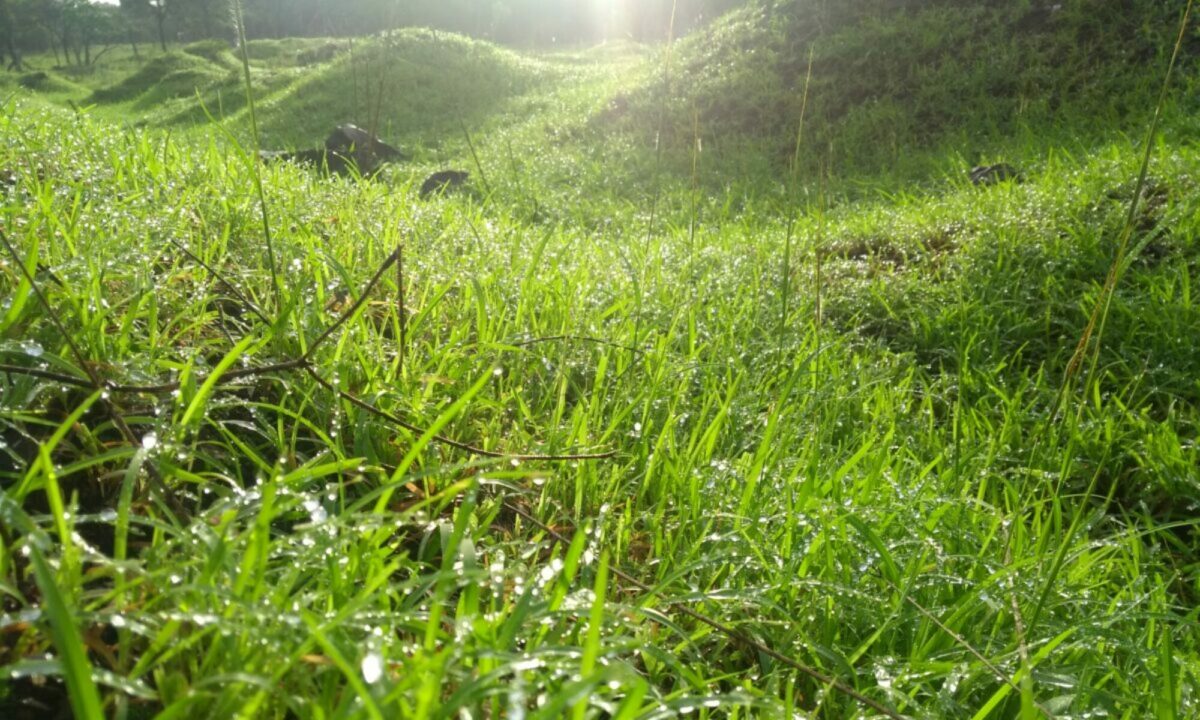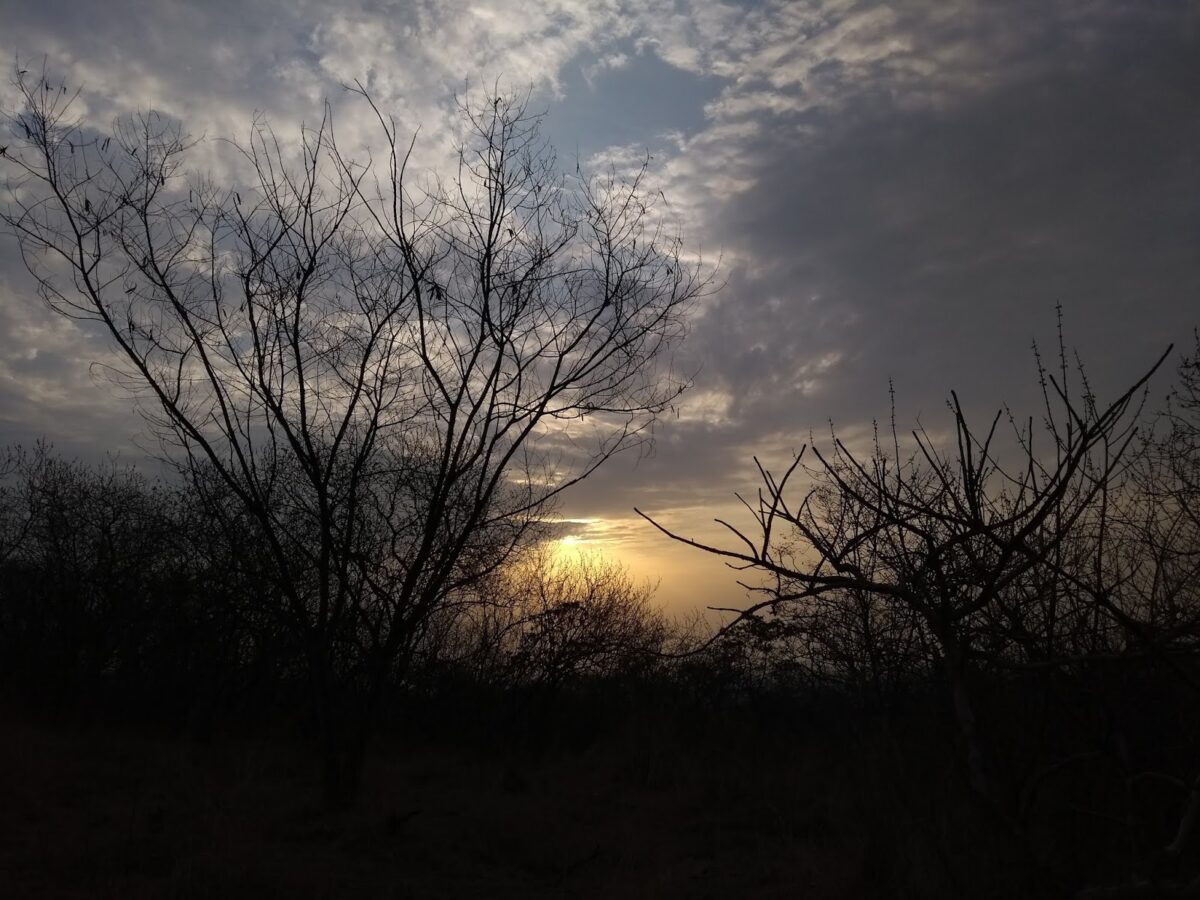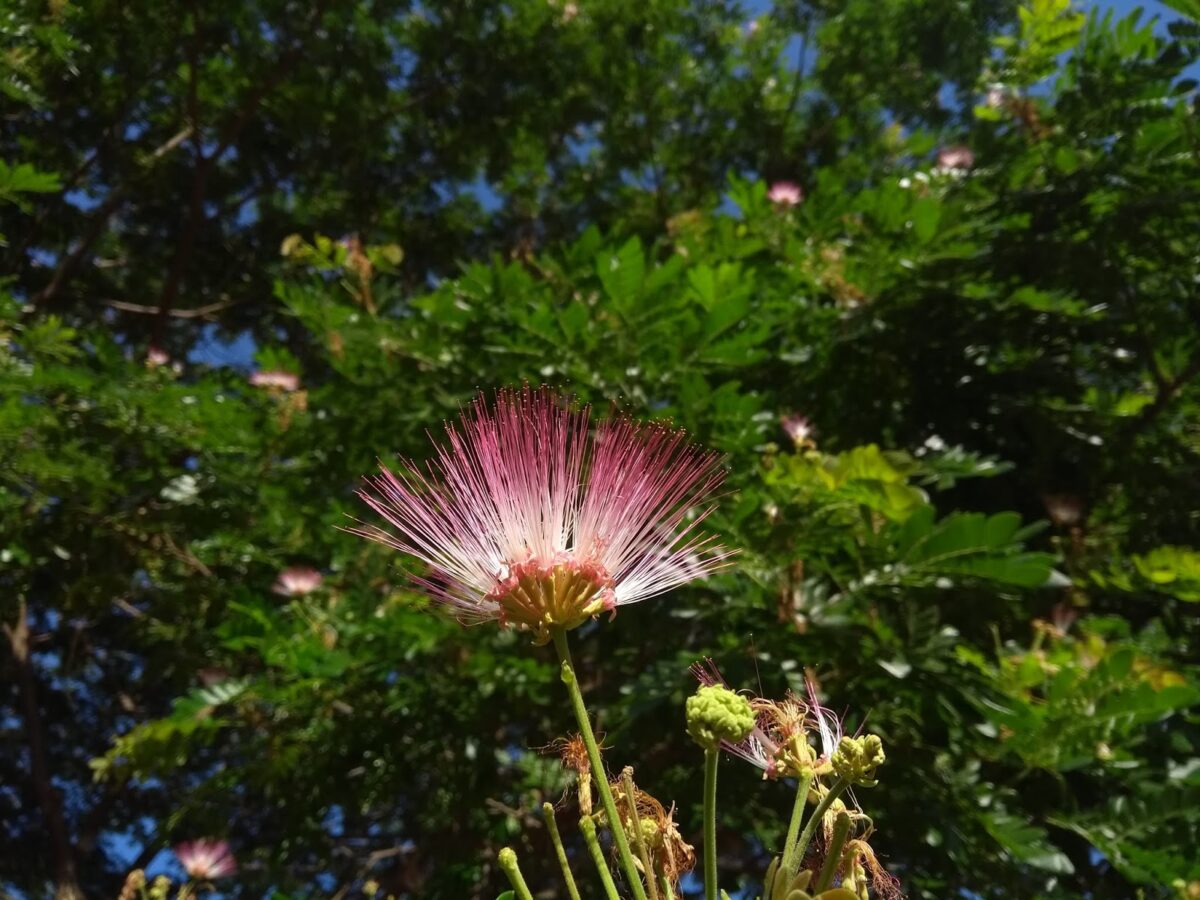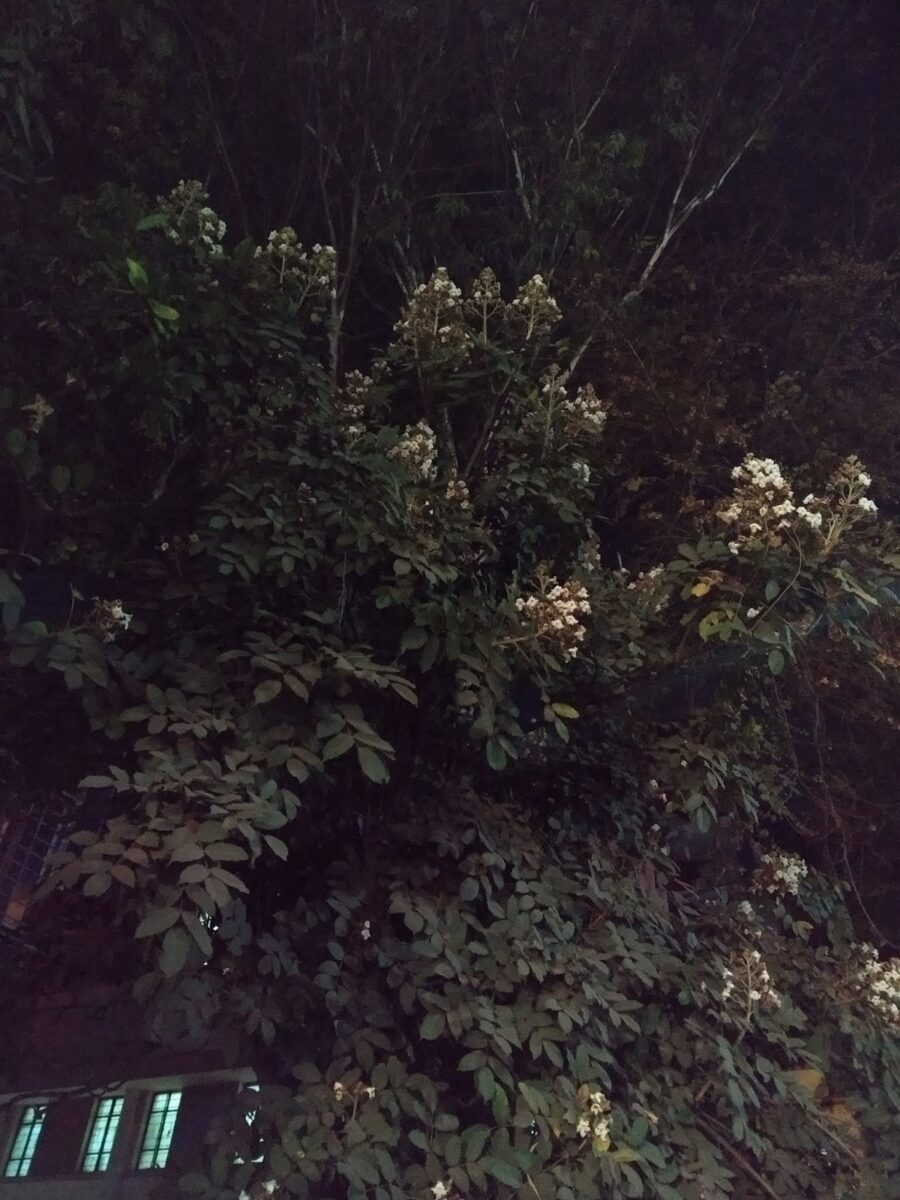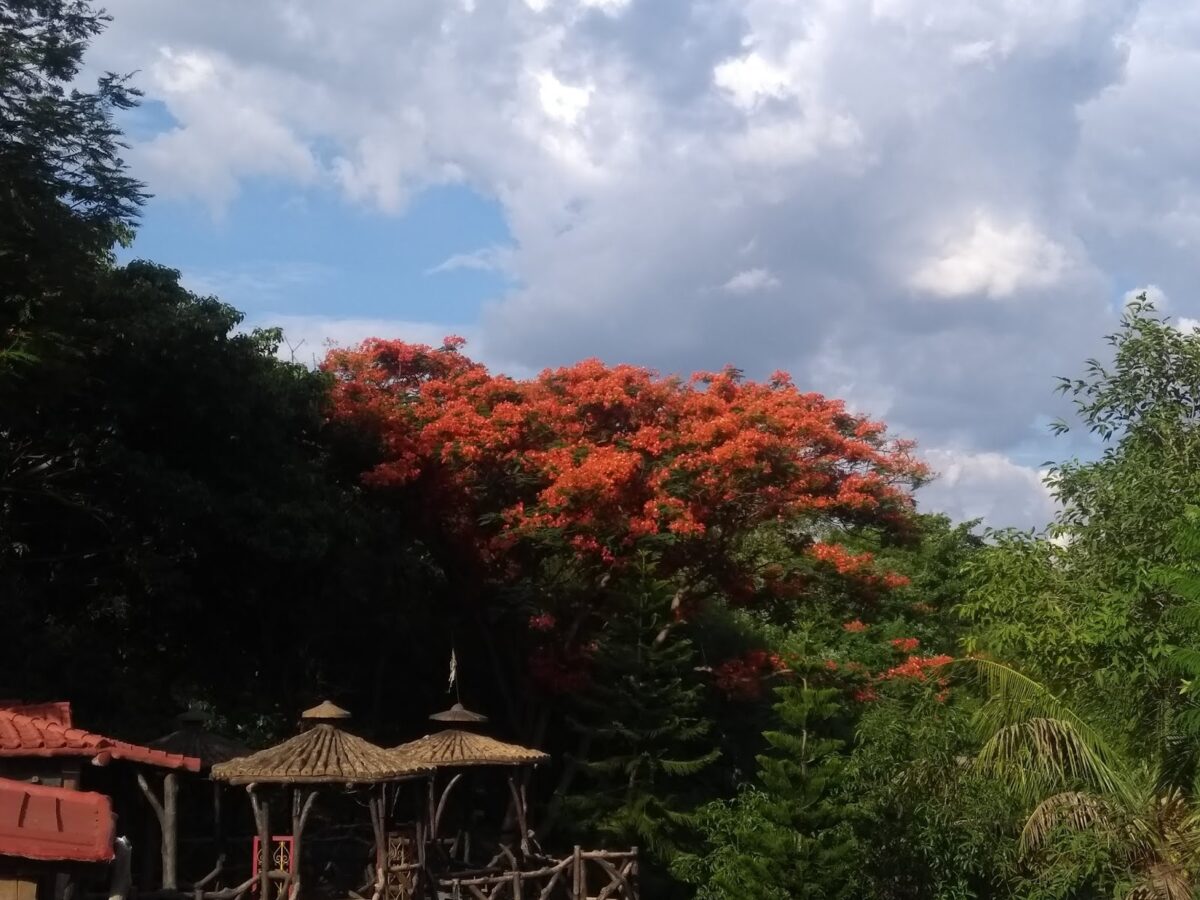 |
| The blazing orange of the Gulmohor is a strangely comforting sight in blazing summer |
Bananas (ThursdayTreeLove)
Yes Rewarded!
How?
By sighting some fallen flower or fruit which is the tree calling attention to itself!
Recently I was happy to see what looks like a discarded Banana skin.
A closer look revealed it to be the Muchkunda flower. Of course the pervading fragrance immediately confirmed its identity.
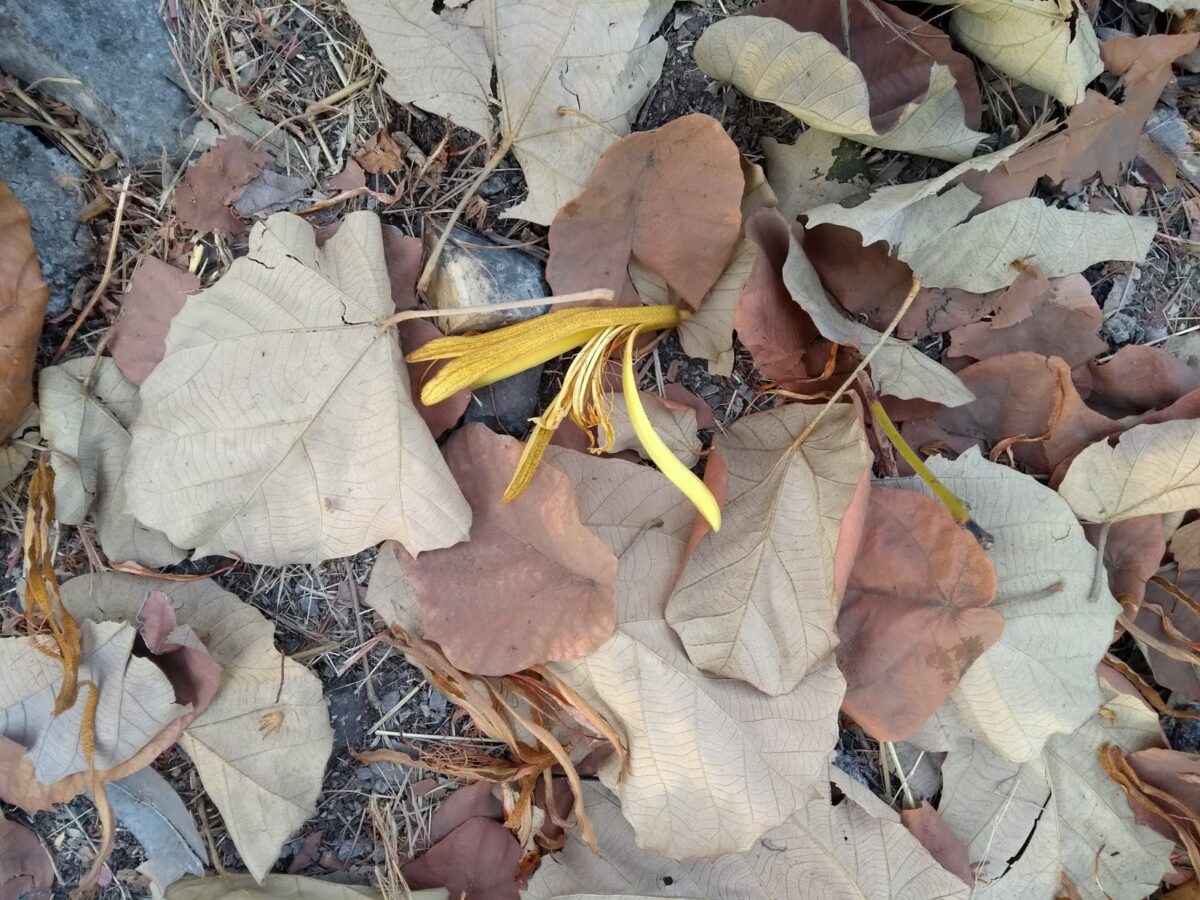 |
| Banana skin? |
It goes by the botanical name of Pterospermum acerifolium and belongs to the Sterculiaceae family (Cocoa family). There is some confusion about exact the specific name so lets just say it belongs to the Pterospermum genus.
The leaves are large and typically Peltate which means the petiole is not attached to the end of the leaf but nearer the centre. This is clearly seen in the image above. According to this Indian Express article, the tree is also called Dinner Plate Tree as the leaves are threaded together to create a plate!
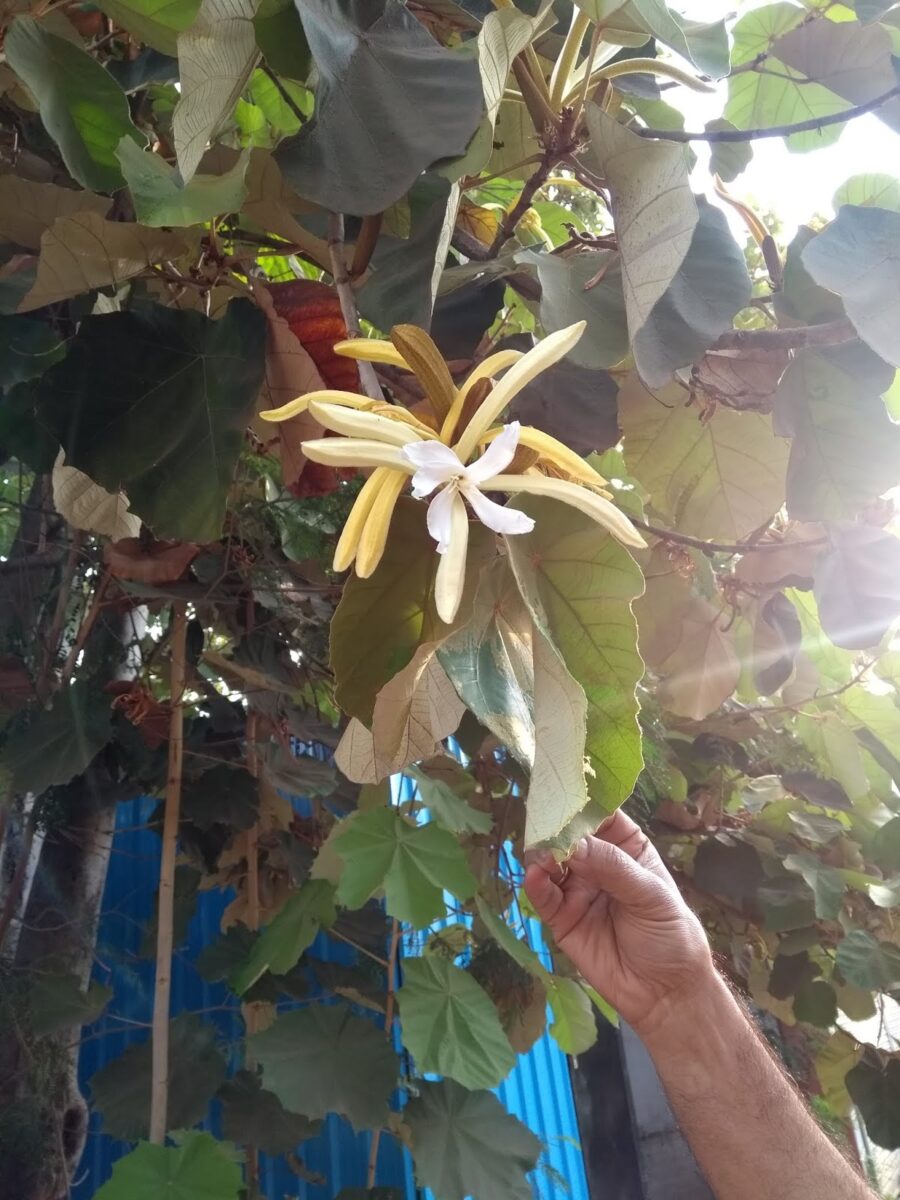
These are night blooming flowers which are pollinated by bats.
A handsome native species that demands attention and a sight for sore eyes.
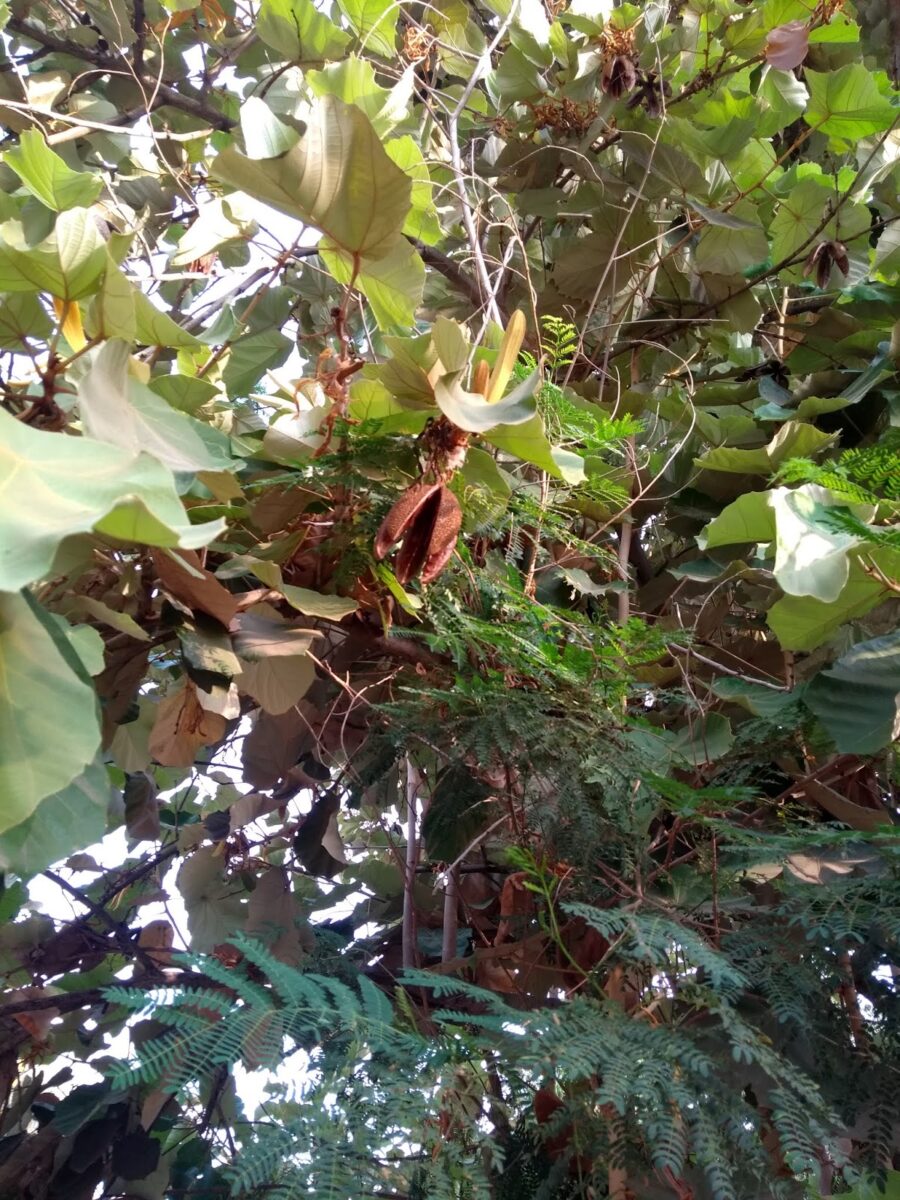 |
| Notice the fruit which is a woody capsule |
Have you seen the Muchkunda?
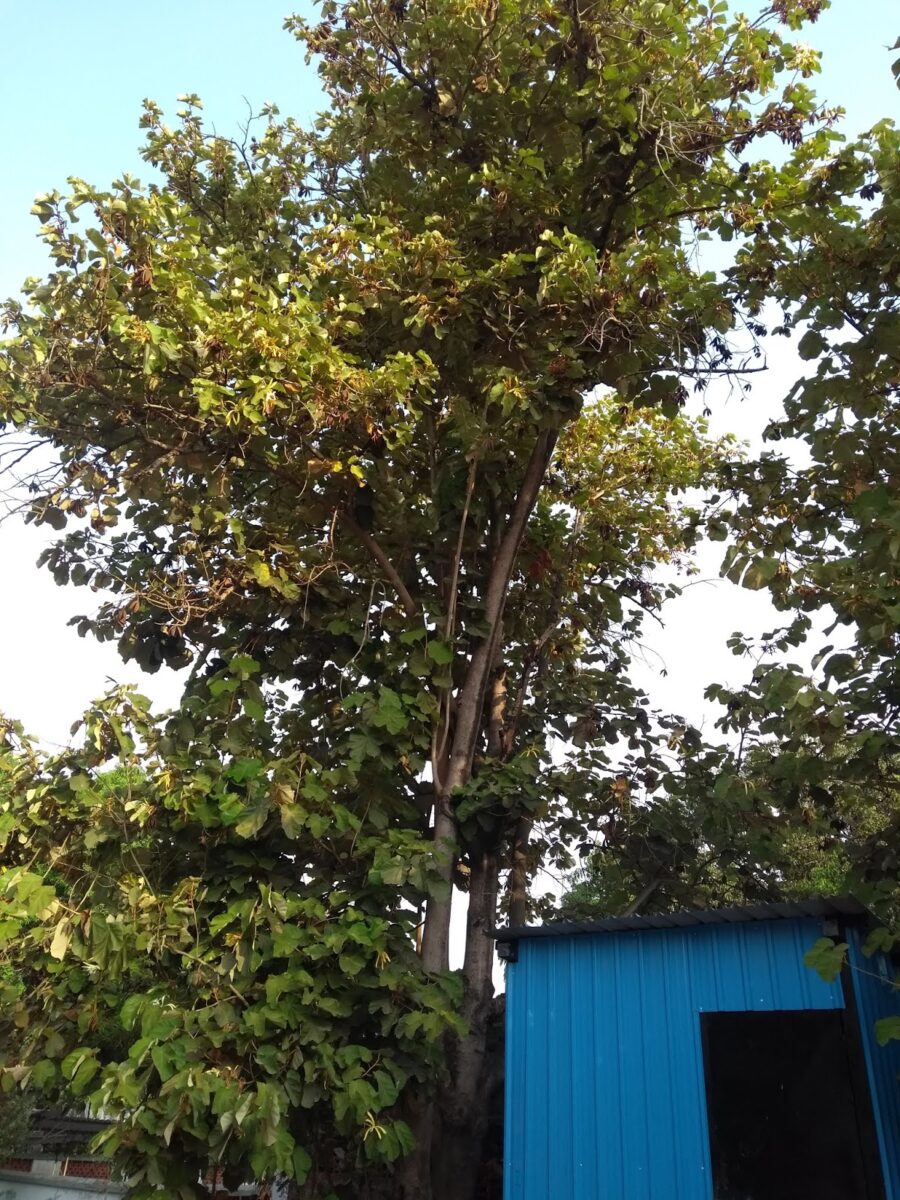
Hope (Wordless Wednesday)
Tree House (ThursdayTreeLove)
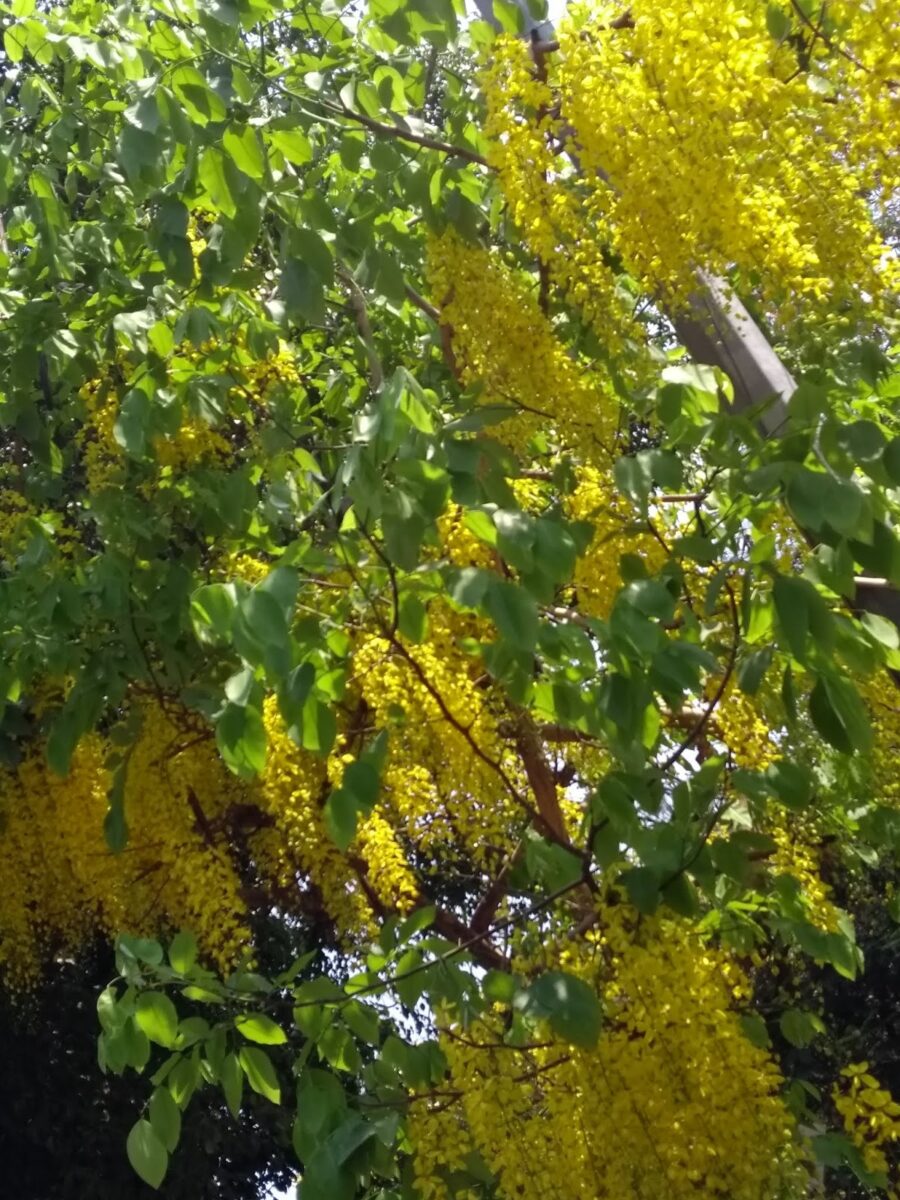
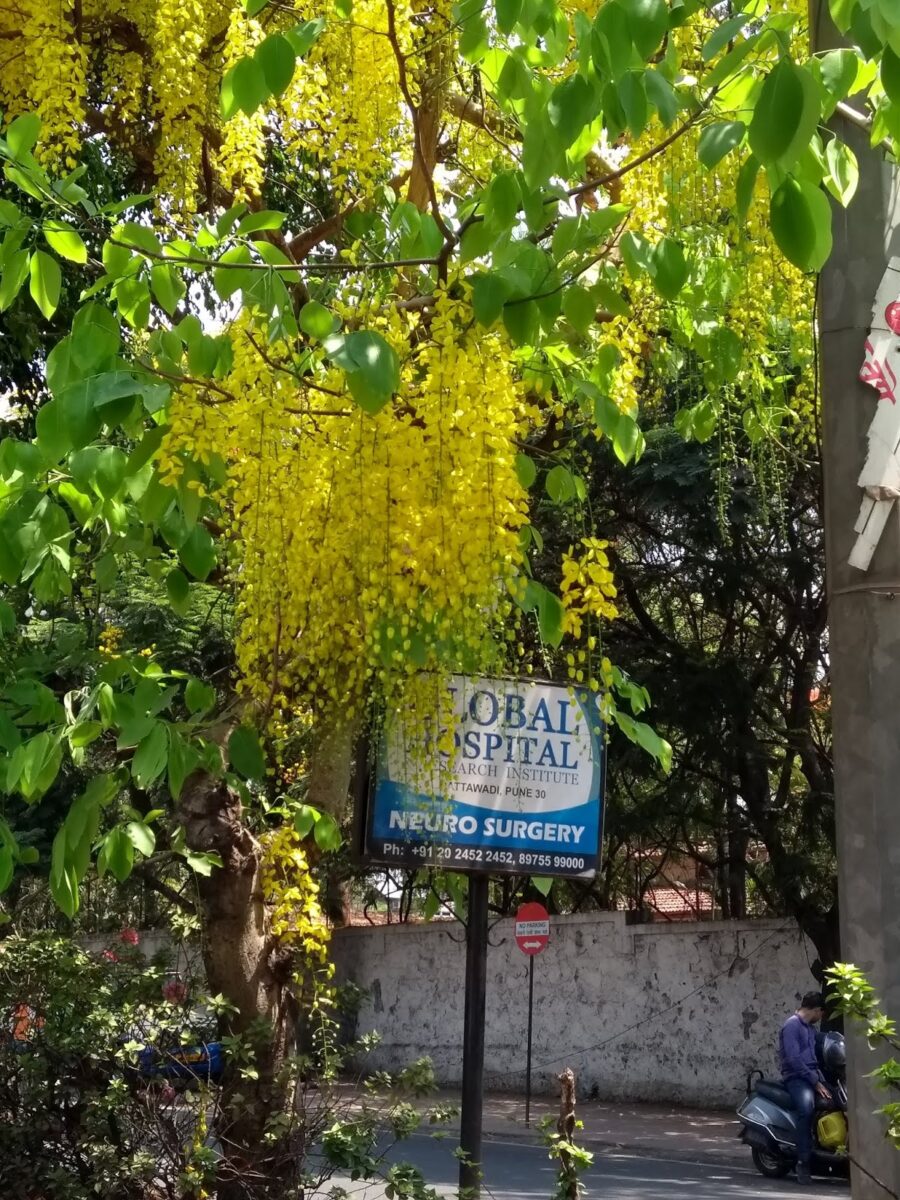
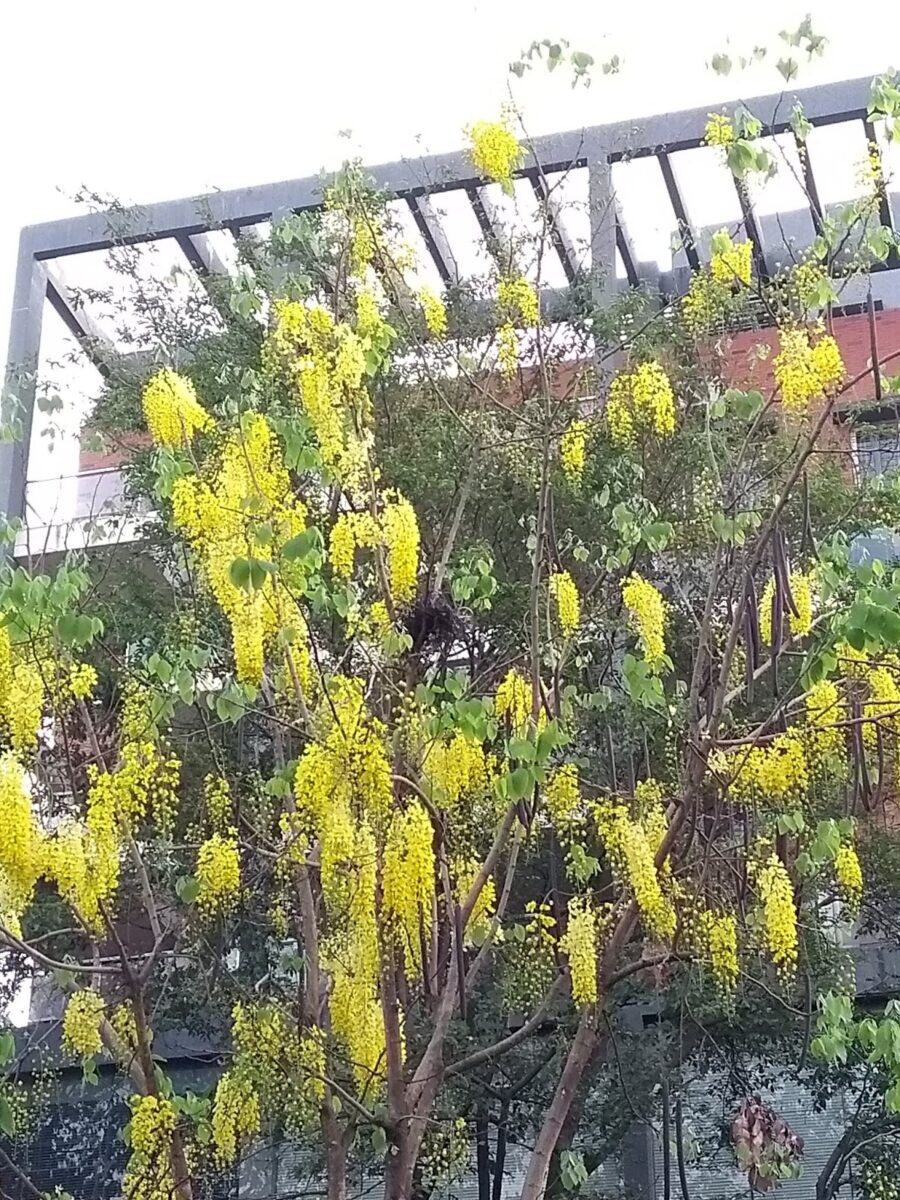 |
| Can you spot the nest in the centre of the image? |
Here is a close up of the flowers but from another tree some years ago..
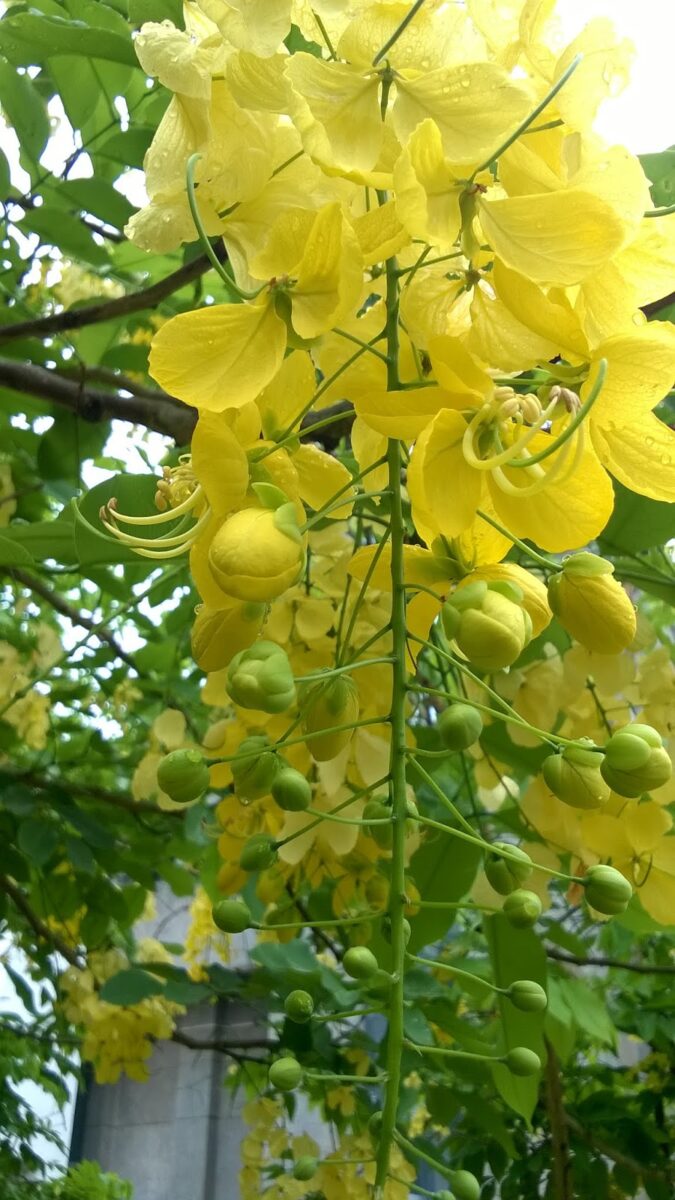
Glorious is it not?
Bahava is easily among my favourite trees.
Have you seen the Bahava? Have you spotted any nest on it?
I am joining Parul in ThursdayTreeLove blog hop. Do head over to see some lovely trees from around the world. Better still, join in!
Pink (Wordless Wednesday)
Surreal (Wordless Wednesday)
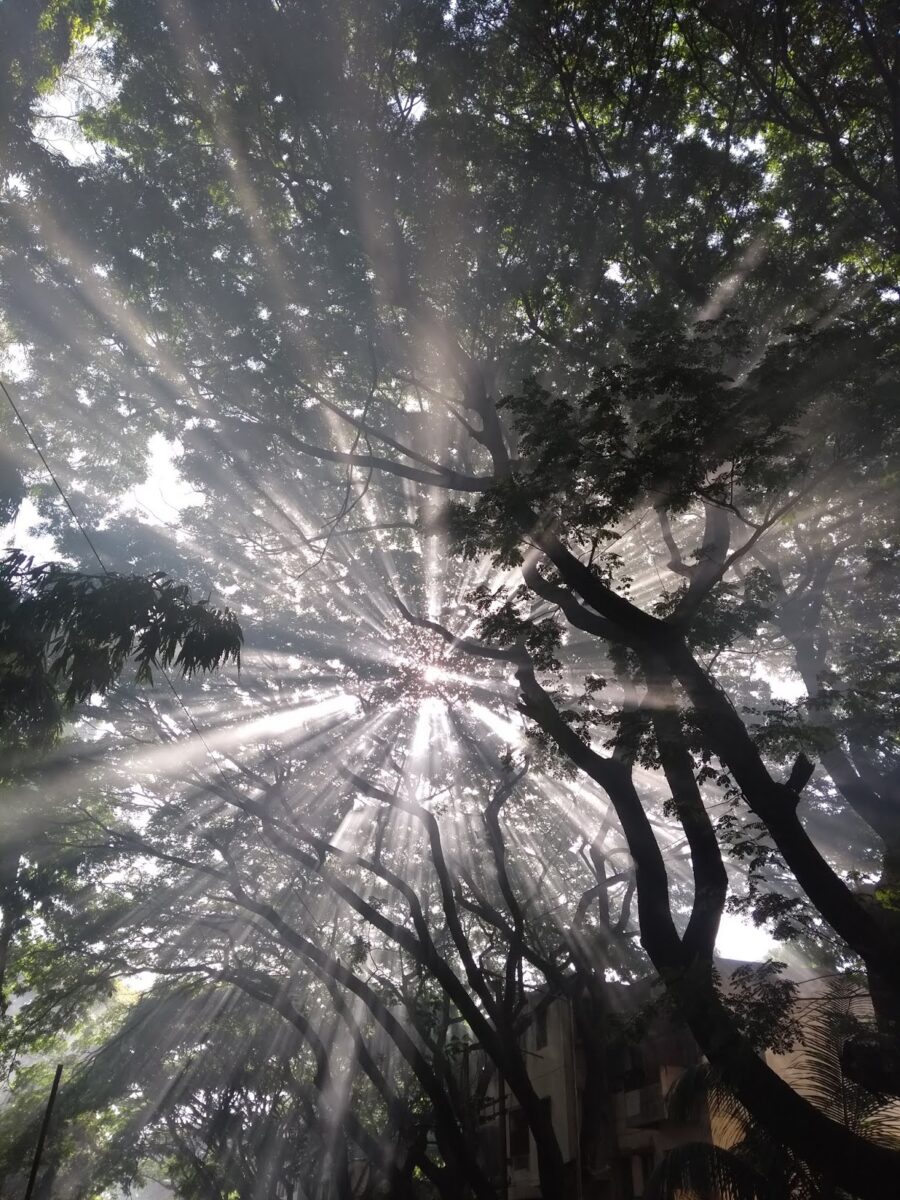
As summer sets in, a large number of trees shed their leaves. While the authorities do carry them away and people compost the leaves yet the volume is often overwhelming.
This means leaves are burnt irrespective of the sideeffects of this action.
Yet the smoke from such leaf burning created this effect on the early morning rays of the Sun as they streamed through the canopy of a Rain Tree.

I am joining Esha and Natasha on Wordless Wednesday. Hop on!
Twins (ThursdayTreeLove)
Going closer meant losing some part of the tree.
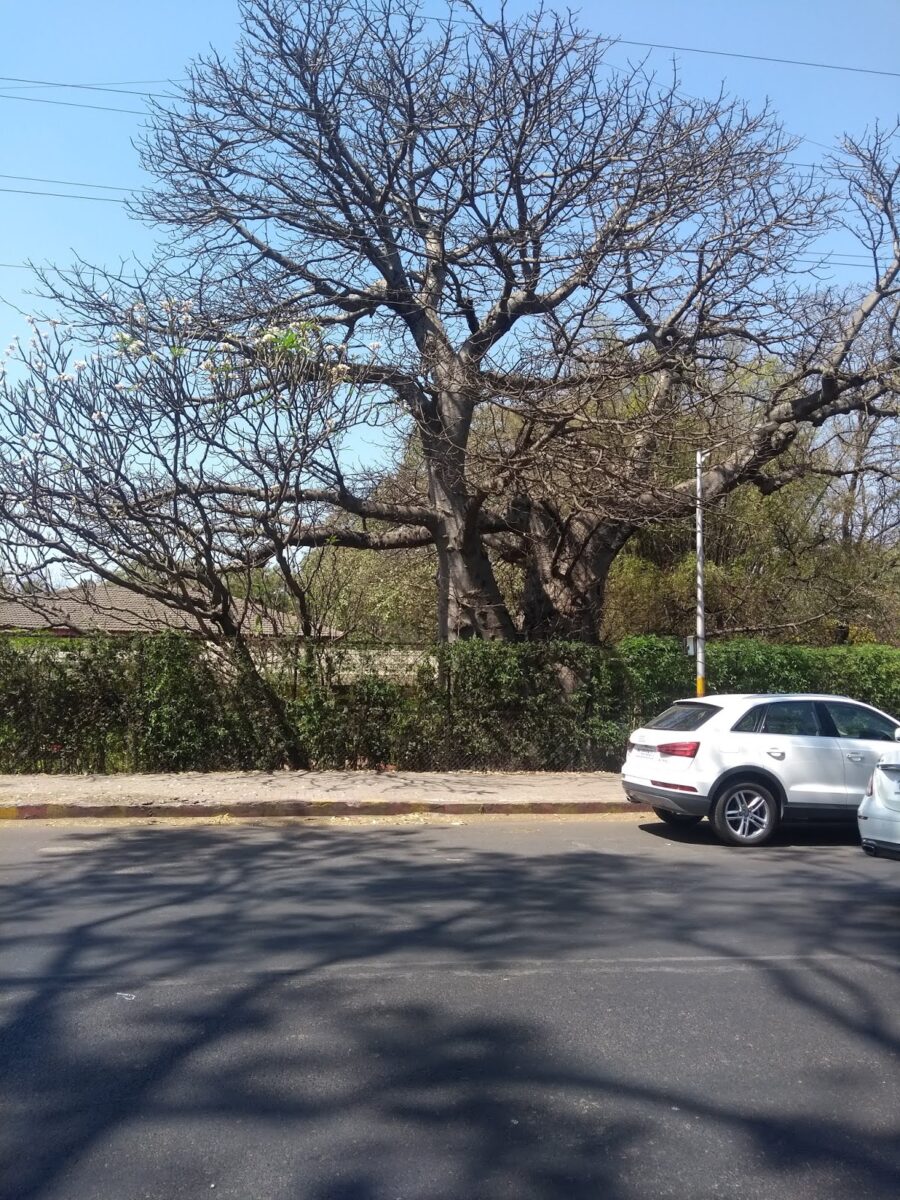
The twins look magnificent don’t you think??
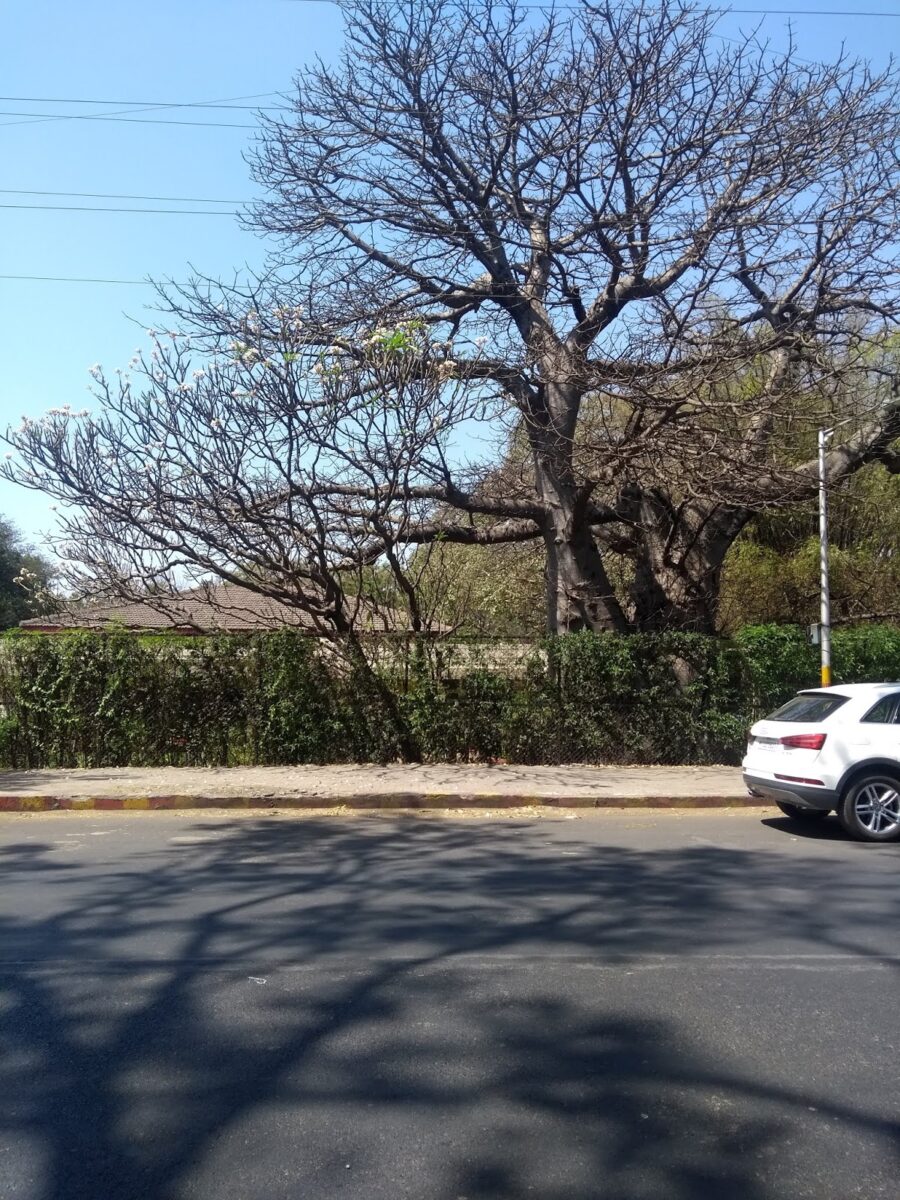
So here is the Baobab that is called Adansonia digitata and belongs the Bombacaeae family. It is native to Africa and has been introduced to India hundreds of years ago. In fact, it seems to be quite happy here considering that it flowers and fruits happily. It can be easily identified by its palmate leaves and its huge trunk. The trunk is said to store water. In the above photo, the white flowers are of the Plumeria though the Baobab also bears white flowers.
I have seen this species at four other places in Pune and this was a new find for me! This is also my third Baobab post on my blog!
I am joining Parul in her ThursdayTreeLove bloghop. Do head over to see some fantastic trees from around the world. Better still, join in!
H is Helper
My theme this year is Caring for the Caregiver. My posts are based on my experience and are not meant to be a comprehensive guide on the subject. I would love to hear your experiences..
You can catch up with my previous posts here.
With each post, I am sharing a sketch that I have done as a means for stress busting.
Helper.
These can be most valuable and indispensable to help us take care of our wards. Depending on the health of the senior/seniors we look after, the helper has to be a trained nurse else health worker. The latter can help with feeding, bathing our wards, taking them for a walk, reading to them and so on.
This can be for either only during day hours or for 24 hours. In some instances, the wards need help with outside jobs like going to the post, bank, library, writing letters (yes some elders still do write with a pen!) and so on. In that case, help is needed only for a few hours. Then my city has the option of getting help from needy students under a ‘Earn and Learn’ project. The student comes home for a couple of hours and helps out with such tasks for a small remuneration.
Here are some providers:
DISCLAIMER: I have no vested interest in any of these. Some were recommended to me, some I have found via Google search.
Elder Care
Nightingales
MayaCare
Portea
Full time helpers can be costly but they are a huge help to us care givers.
Obviously whether our wards are staying independently or in our homes, there is a security issue. Its a good idea to get helpers from a known, reputed Bureau and also get a police verification. Pune Police has a dedicated cell for senior citizens.
Here is a peculiar situation I have seen..
I know of an over 90-year old lady with many maladies associated with that age. Her son is past 70 years of age and also suffers from some heart issues. Possibly he too needs some care. He too must be living off his pension. The grandchildren must be in their late 40s and in critical stages of their own lives. In this case, on whom does the onus of care for the 90-year fall?
Where does the buck stop?
There is no one size fits all solution.
Every family has to find something that suits them best.
At best, posts such as mine will inspire a family to come up with their unique workable plan.
Sketch for today..
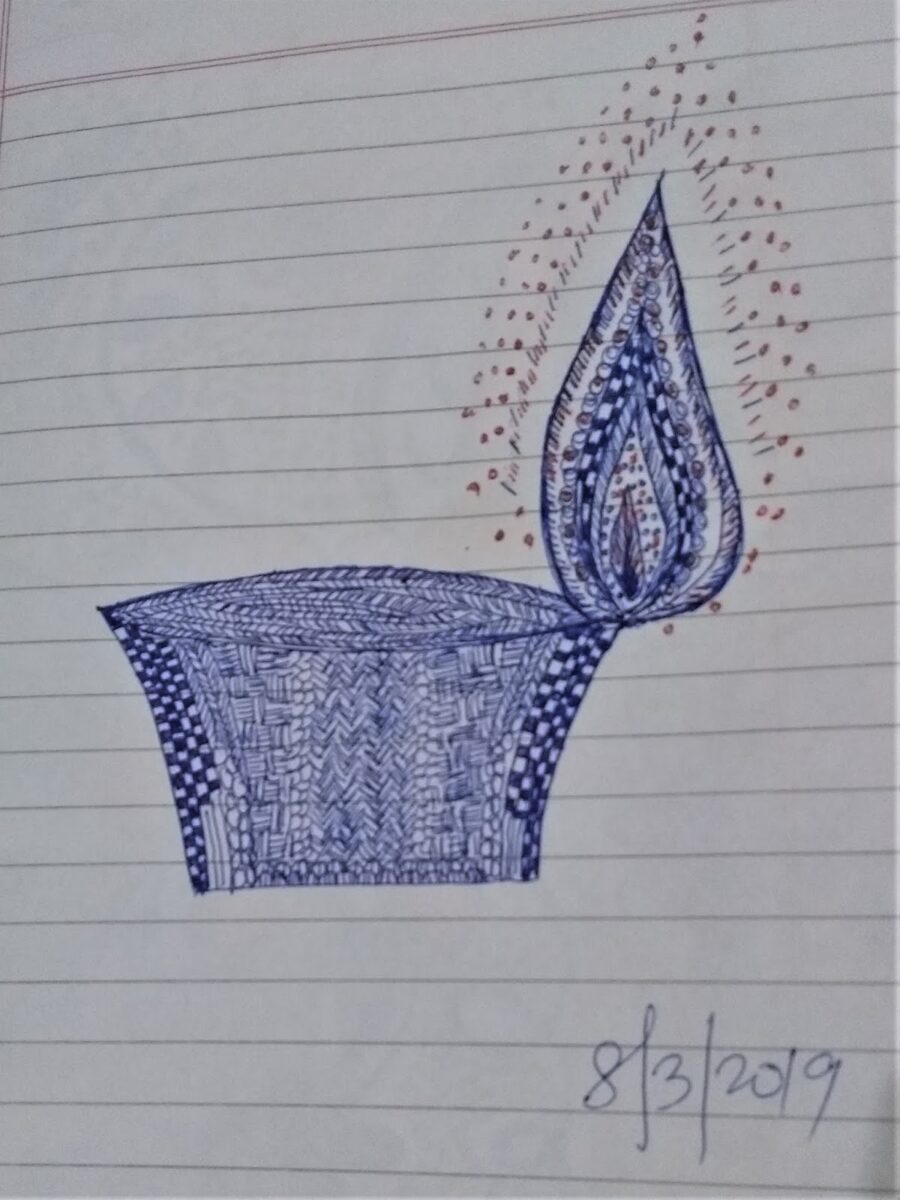
See you tomorrow folks. Stay happy!
Shining (ThursdayTreeLove)
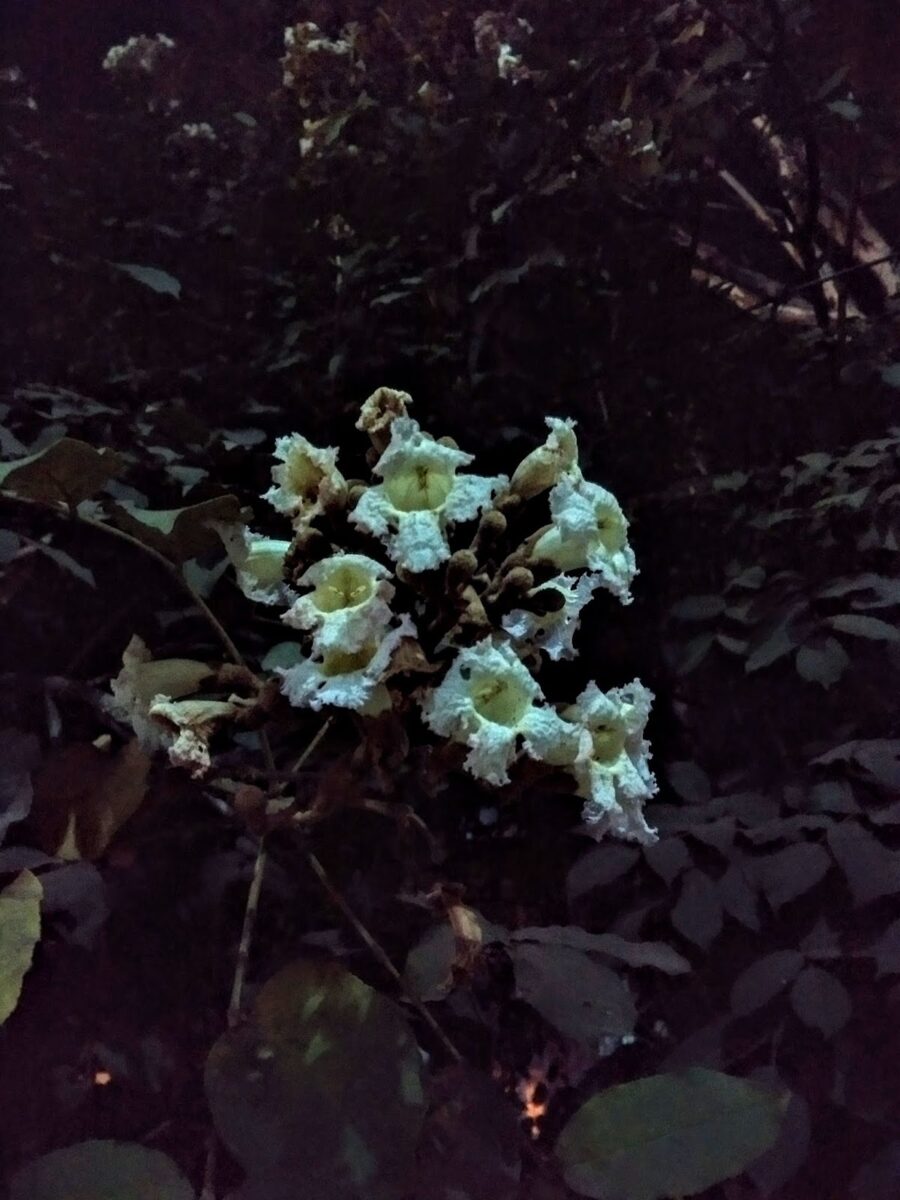
Waras goes by the botanical name Heterophragma quadriloculare and belongs to the Bignoniaceae family.
I am joining Parul in her ThursdayTreeLove blog hop.
Head over to see some fantastic trees from around the world.
Better still, join in.
You Choose (ThursdayTreeLove)
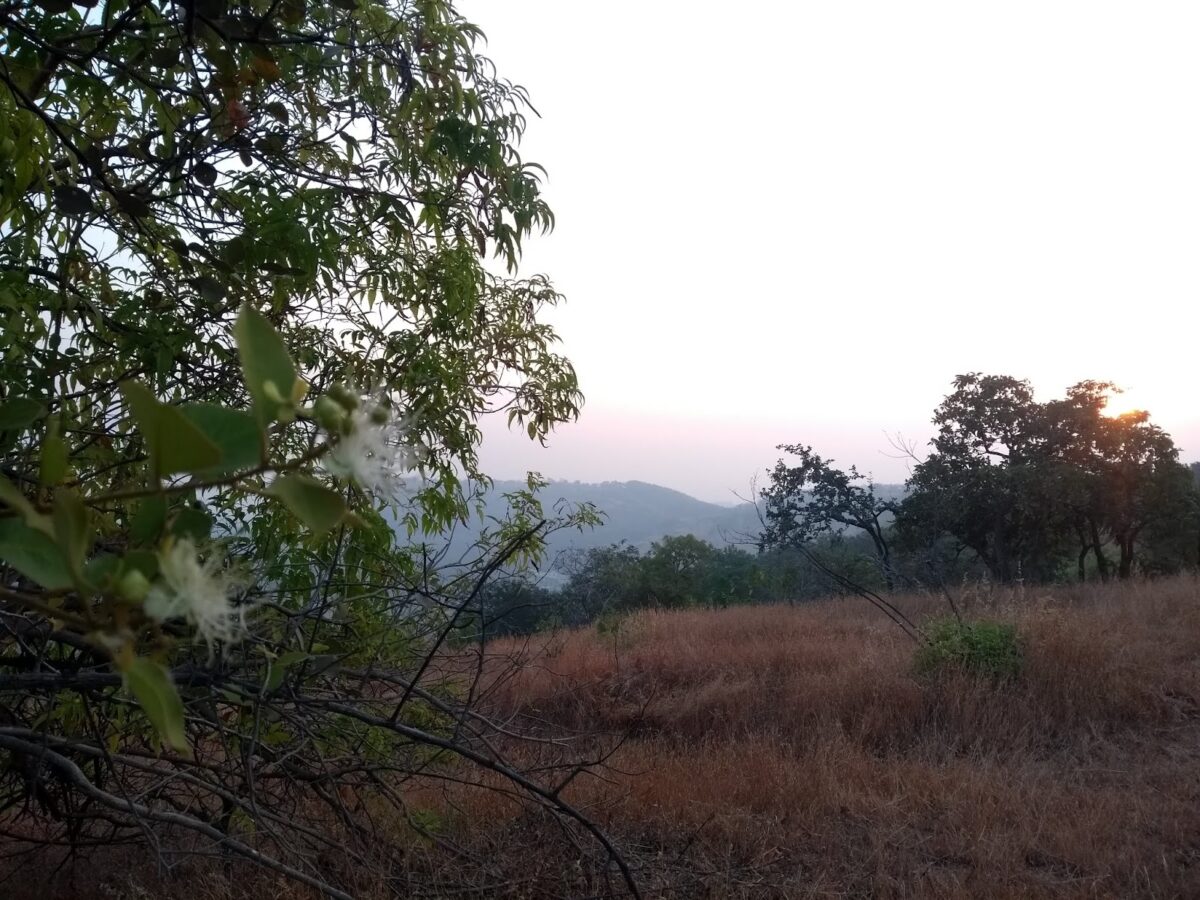
Sure enough, a closer look revealed that a Capparis was blooming and its flowers begged me to admire them too. Capparis grandis belongs to the Capparaceae family and its flowers characteristically have showy white protruding stamens.
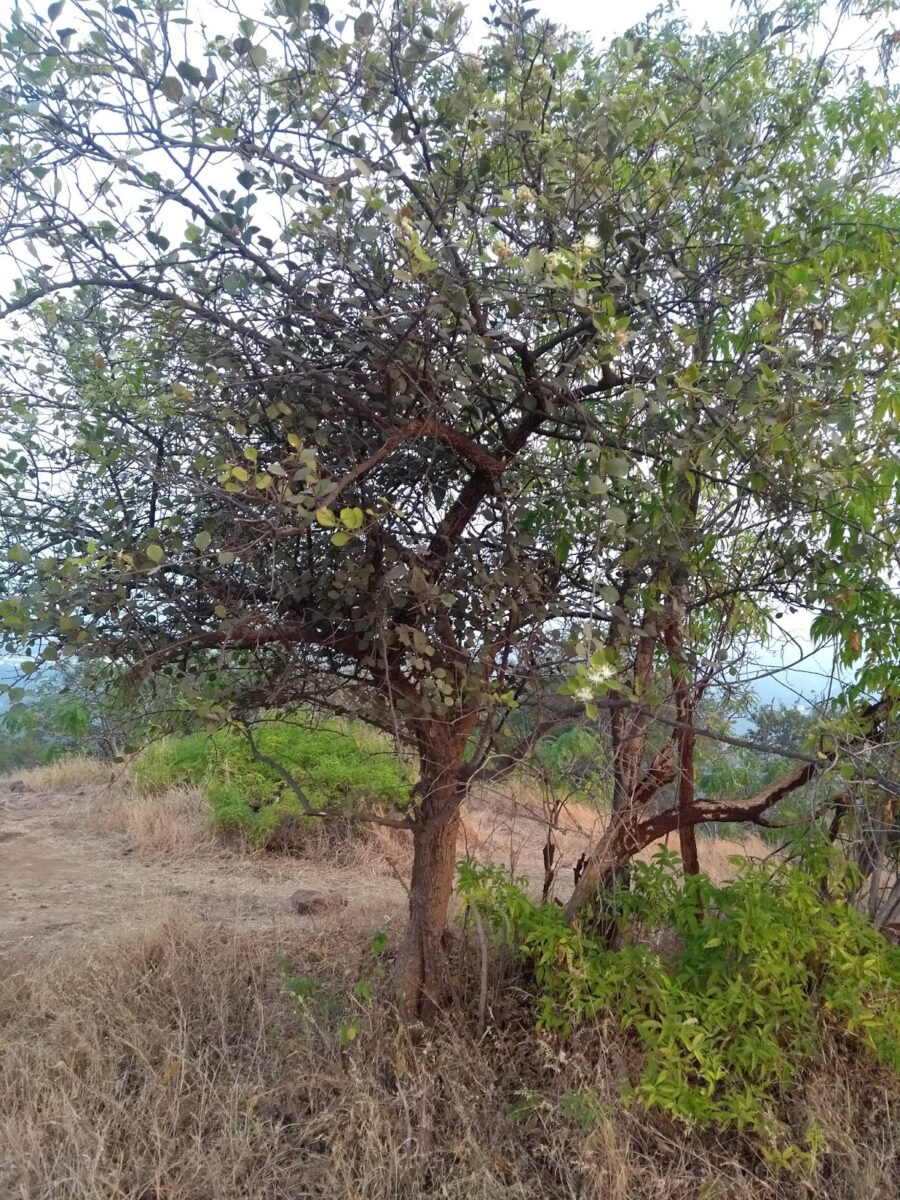
I was torn between the glorious sky and the beautiful flowers of this tree.
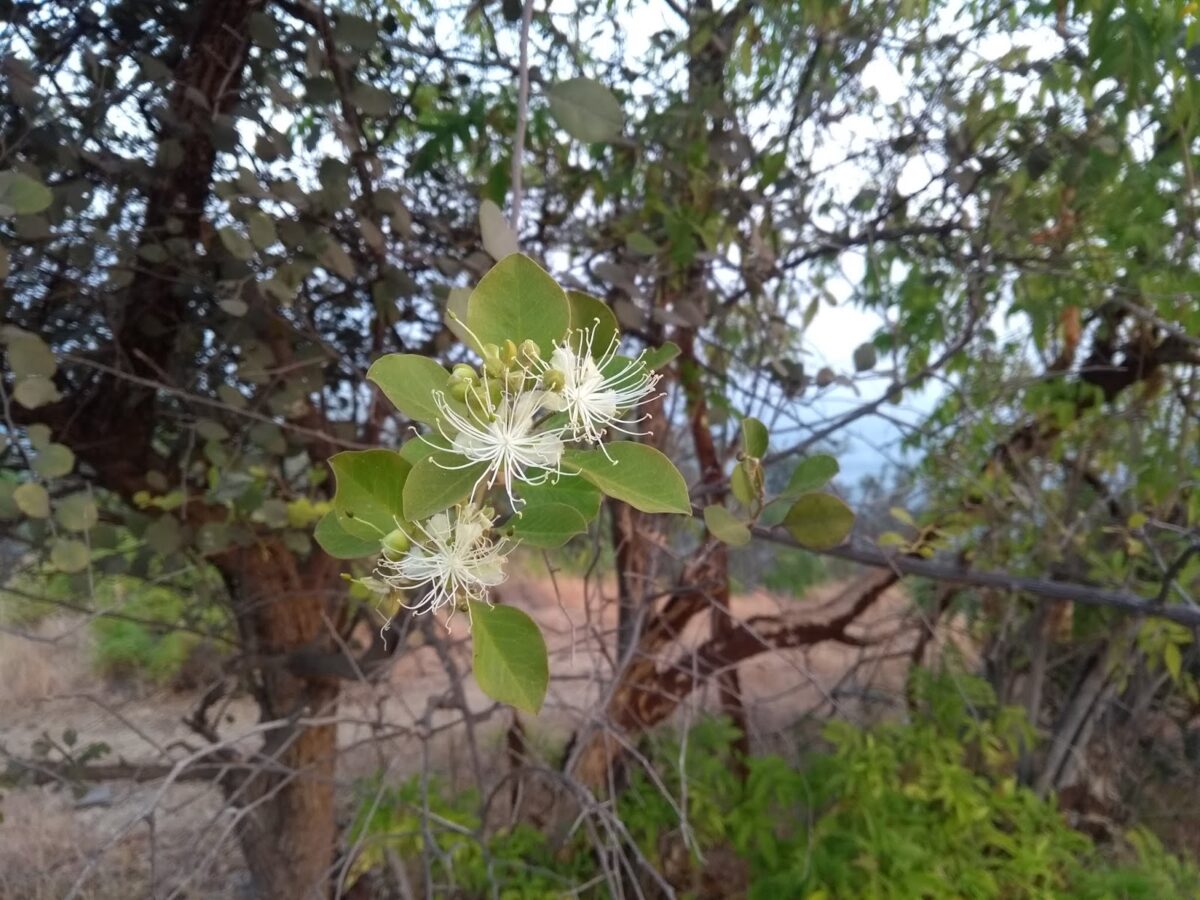
I am unable to choose which is more beautiful..
I leave the choice to you!
🙂
This is my 40th post on this Label/Hashtag as I join Parul in her ThursdayTreeLove Blog hop. Its been a Tree(mendous) journey, one that I hope to continue to read (on other blogs) and share (here). So dear readers, join us on this blog hop to see some beautiful trees from around the world or better still, share yours!
🙂
